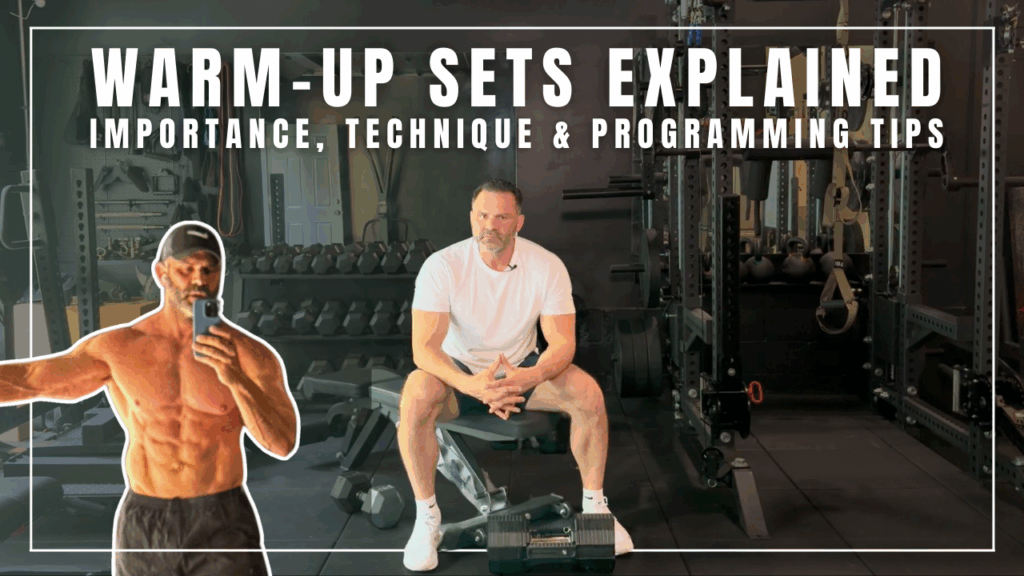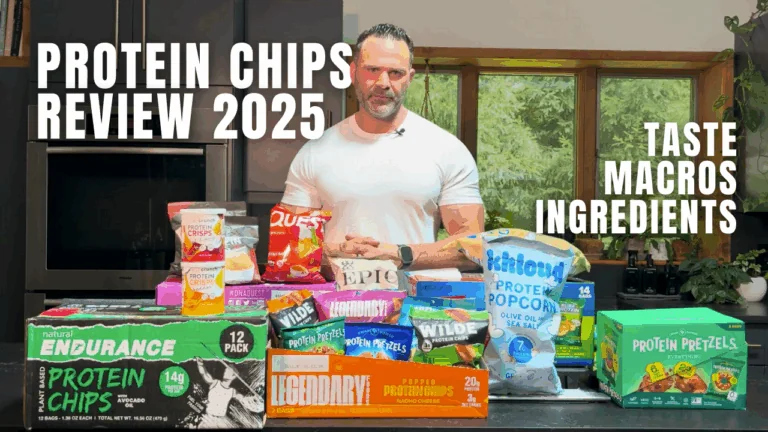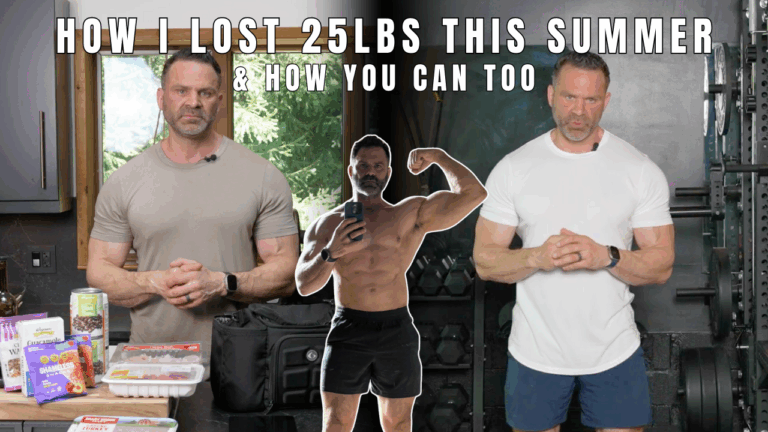When most people walk into the gym, they know what their working sets should look like — but they’re often confused about warm-up sets. How much weight should you use? How many should you do? And more importantly, why are they necessary in the first place?
After training clients in Westchester for over 10 years and coaching thousands more online, I can tell you this: skipping proper warm-up sets is one of the most common mistakes I see, even among intermediate lifters. Let’s break it down.
What Is a Warm-Up Set?
A warm-up set is not just “practice reps.” It’s a tool to:
- Raise core body temperature — You walk into the gym cold. A few lighter sets increase blood flow and loosen tight muscles.
- Protect your joints & ligaments — Knees, hips, and elbows take a beating over time. Warming up prepares connective tissue for heavy loads, reducing injury risk.
- Prime performance — Ever notice your second heavy set feels easier than your first? That’s neurological adaptation at work. A good warm-up preps your muscles and nervous system to fire efficiently.
- Take inventory — This is your chance to “check in.” Is your elbow sore? Are you unusually fatigued? Address it here before risking injury in a heavy set.
How to Execute Warm-Up Sets
Let’s say your working set is 100 lbs on one-arm rows.
- Set 1: Use ~30–40% of your working weight (about 40 lbs). Perform 10–12 reps with perfect form.
- Rest: Take ~2 minutes.
- Set 2: Increase to ~65–70% of your working weight (about 70 lbs). Perform 3–5 controlled reps.
- Rest: Another ~2 minutes.
- Working Sets: Now move into your 100-lb sets and focus on progressing from last week (more weight, more reps, or cleaner form).
The same approach works for barbell movements. For example, if your working squat is 135 lbs:
- Warm up first with the empty bar (45 lbs).
- Then build gradually with ~65% of your working load before moving into full sets.
How Many Warm-Ups Do You Need?
- First Exercise of the Day: Always perform at least 2 warm-up sets.
- Same Muscle Group, New Exercise: You may not need a full warm-up again, but if the movement feels off, take the time.
- Different Muscle Group: Always warm up again. For example, moving from rows to squats means starting fresh.
Avoiding Injury & Knowing When to Adjust
A warm-up set is your first warning system. If something feels wrong:
- Lighten the weight and try again.
- Foam roll or stretch to see if tightness eases.
- Swap exercises if pain persists. (In my coaching app, you can hit “substitution” instantly.)
The goal is never to “push through pain.” That’s how small issues turn into long-term injuries. Remember: you can always add more weight, but you can’t train if you’re sidelined.
Key Principles to Remember
- Always underestimate your warm-up weight; you can add more if it feels too easy.
- Treat warm-ups like real sets — clean form, full focus.
- Your working sets are what you track week to week. Warm-ups are preparation, not progression.
- The stronger you get, the more warm-ups you’ll need before heavy lifts.
Final Thoughts
Warm-up sets are not a waste of time — they’re your insurance policy for progress. They keep you healthy, improve performance, and help you build strength consistently over months and years.
Whether you’re in one of my programs or training on your own, commit to warming up properly. It’s a small investment of time that pays huge dividends in results and longevity.



